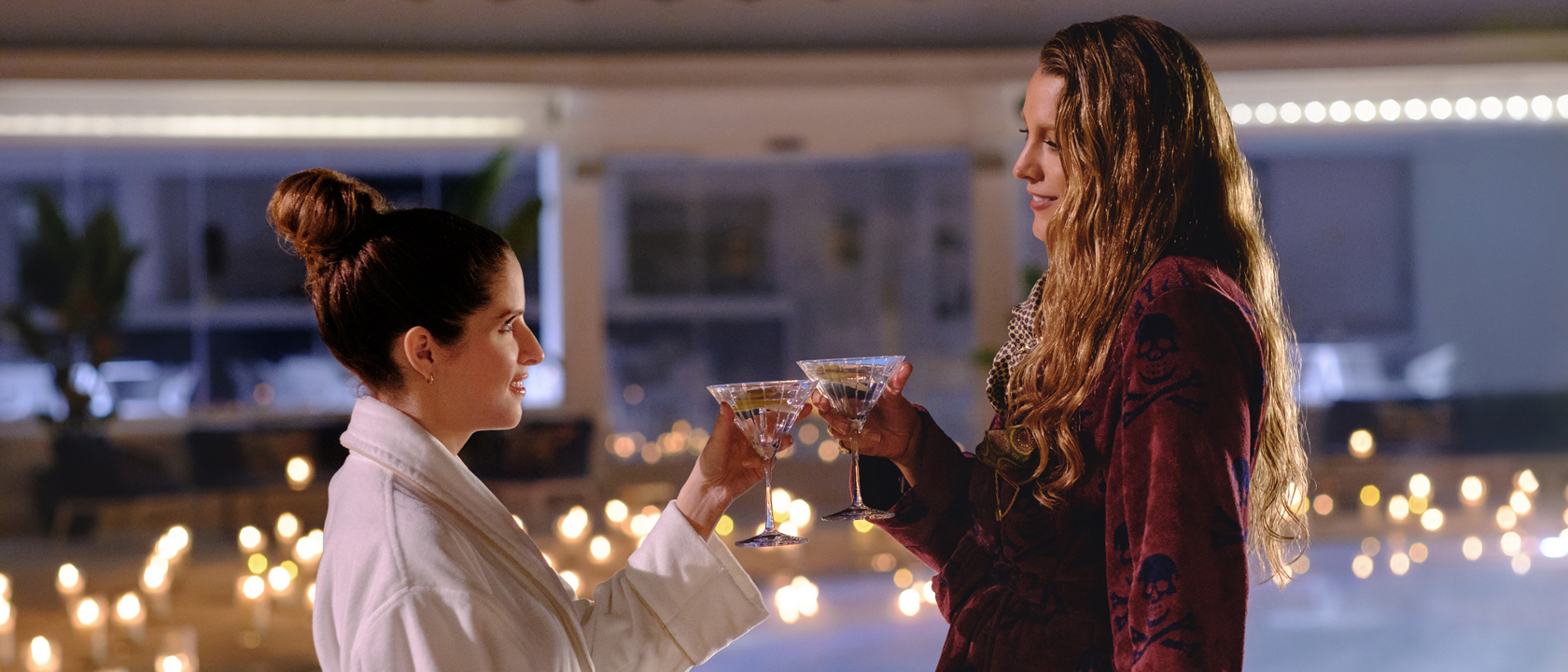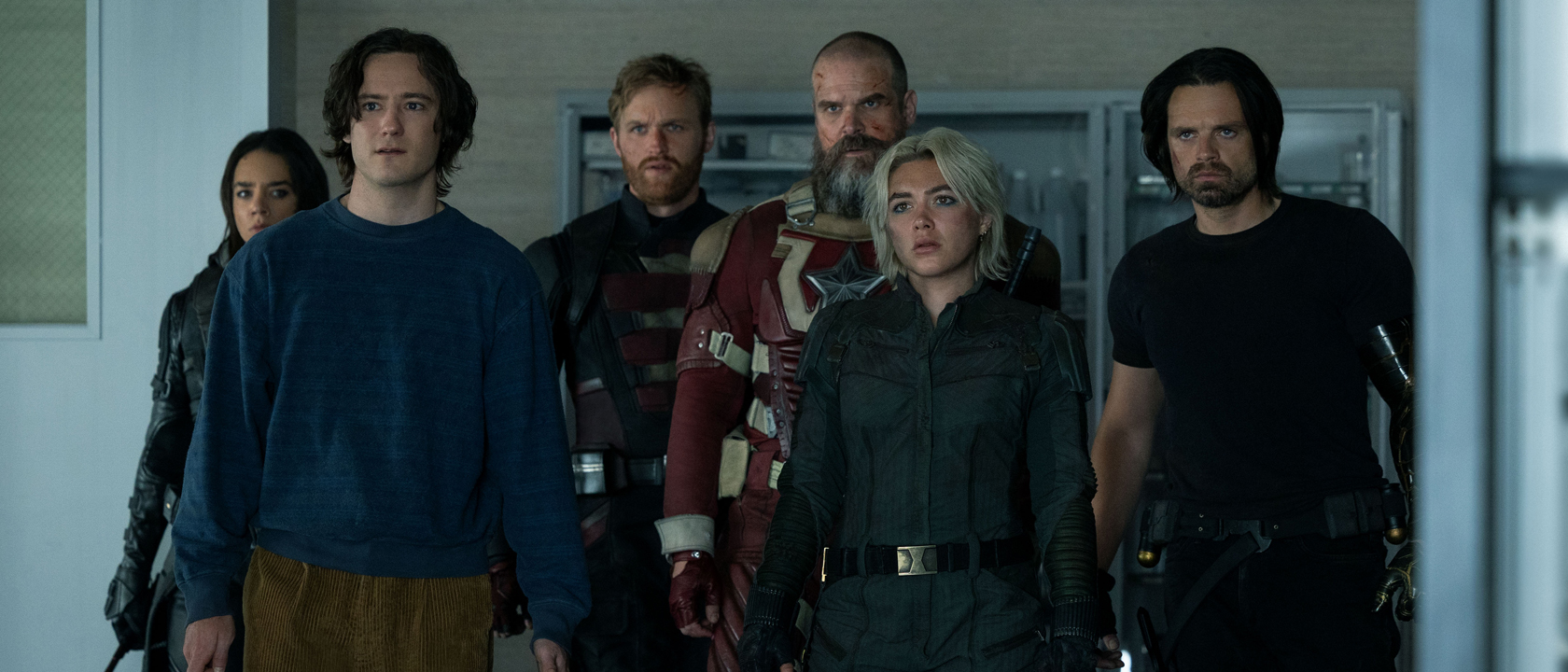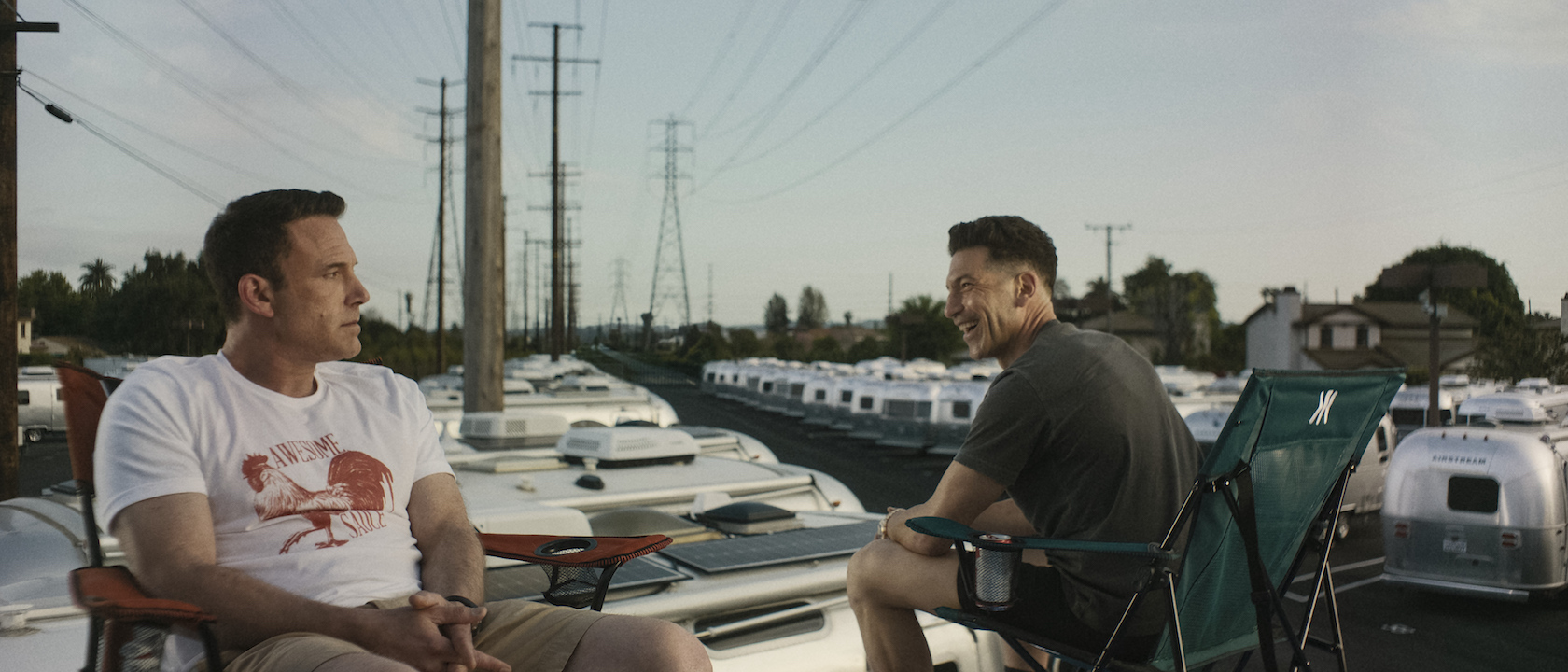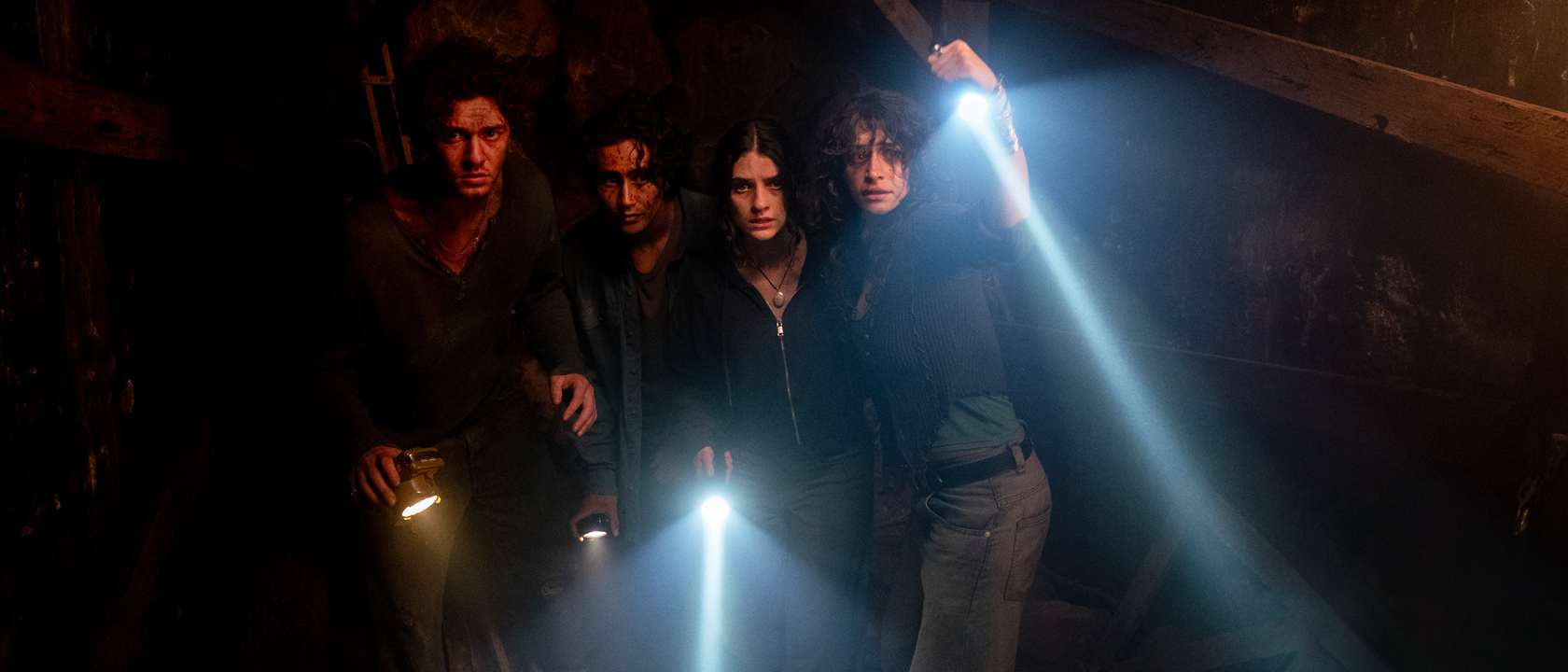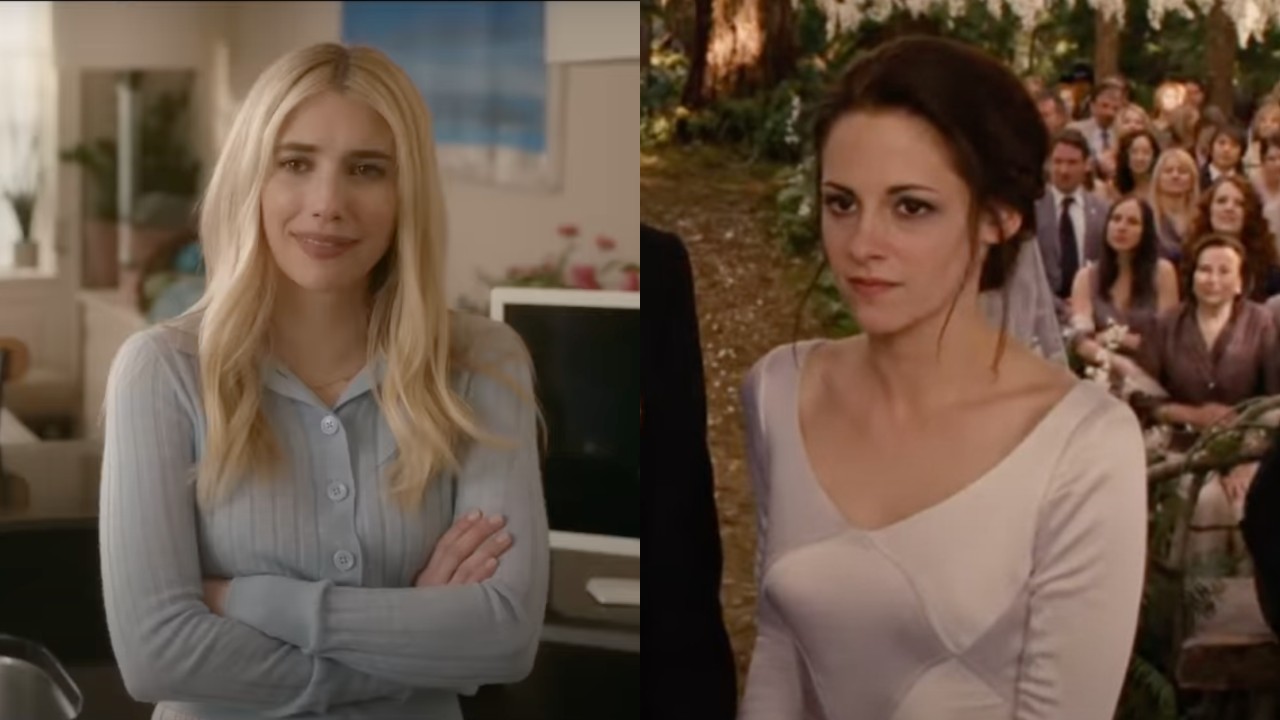For me, Sunset Boulevard is a title that immediately conjures up a rush of unforgettable images and sounds. William Holden doing the dead man's float, a monkey's midnight burial, Erich Von Stroheim's bald head, "We had faces then", wailing police sirens, "I am big! it's the pictures that got small", and of course Norma Desmond's final descent down that great staircase as she says the film's signature line, "All right, Mr. DeMille, I'm ready for my close-up." These are images and sounds that are burned into our collective cultural memory almost as much as the Yellow Brick Road. This is simply one of the finest motion pictures ever made. Set in the dog eat dog world of Hollywood, Sunset Boulevard is about selling out. The sun is literally setting on the lives of all the major characters but none more so than desperate screenwriter Joe Gillis (William Holden). Gillis is barely earning enough money to pay rent and is just one traffic light ahead of the repo man when he makes a wrong turn off of the famous highway. Gillis finds himself at the lonely villa of a once famous silent film star, Norma Desmond (Gloria Swanson). At first, the accidental meeting seems fortuitous. The eccentric older woman wants Gillis to write her comeback picture and is willing to throw lots of money at him. Gillis thinks this is all nonsense (but profitable nonsense). What he doesn't fully realize is the extent which Desmond begins to control his life. Forced to write the film in her home, he slowly moves from a screenwriter for hire to becoming the woman's "kept man" as well.
One of the great joys of the film is watching the way in which William Holden's naturalistic performance clashes with an actress and performance style from an earlier age. This tension actually generates a great deal of the film's oddball humor, since every moment Norma is seen striking grotesque poses and being "dramatic" is quickly undercut by Joe's matter-of-fact expressions. Although obviously blackly comic, the film's humor causes more nervous laughter than you might imagine. This film isn't really pleasant to watch since the audience is never allowed to remain passive. There is always a strange tension just below the surface, a feeling that the viewer is trapped in a nightmare.
In fact, Sunset Boulevard seems ready to turn into a horror movie at any moment. Everything onscreen is weird, often in juxtaposition. Gillis arrives at the house and is instantly mistaken for an undertaker since there is a corpse lying under a sheet. The fact that it turns out to be a chimpanzee is more or less creepy depending on your point of view. You have the old, dark house, the sinister butler, and the grotesque "Norma Desmond," who is locked away from the real world, spending her nights watching films of herself as a young movie star. Desmond comes off as a lunatic from the first scene and is often just a hair away from being a vampire. Her hands move more like claws than fingers and she often stares at Gillis as though she were seriously considering drinking his blood. It's all very Nosferatu.
Norma's descent down the staircase finally brings the film's latent surrealism into the open. Faced with reality, she slides deeper into her movie world fantasy. She‘s told that she is once again starring in a film and that the scene requires her to come downstairs. Watched by an "audience" of police officers and journalists, Desmond descends as though she were playing the final scene of a movie melodrama. In this case, she really is in her own final scene. As she vamps and poses for the cameras within her own reality, her eyes seem to pierce through the screen, through time and space and into our own collective movie memory. Paramount Home Video's Blu-ray release of this classic is nothing short of amazing. I have never seen the film look as vibrant, even luminous at times, as it does on this disc. The film is presented in its original 1.33:1 aspect ratio, and thankfully so. This is not a film that would do well in widescreen. It's a tight, claustrophobic story and the film's settings look amazing with all the detail packed densely in a square Academy ratio.
There are more than two and a half hours of special features on the disc. It says so right on the box and they really do mean it. Laurent Bouzereau has done his usual fine and professional work in putting together the behind-the-scenes documentaries. This plays as ten separate featurettes, though it's obvious that it was originally meant to be one long piece. Certain interviews repeat themselves throughout but overall the segments are quite comprehensive and informative. We get discussions of director Billy Wilder's career and working methods, a look at Gloria Swanson from both a professional perspective as well as a personal outlook from her granddaughter, a portrait of star William Holden focusing on the impact of Sunset on his stalled career at the time, and pieces on the film's noir qualities as well as the inventive score by Franz Waxman. Along with the former is a deleted scene which is a long musical selection called the "Don't want me Blues," a piece on the Paramount front gates and Paramount's films of the 1950s, a feature on the work of legendary costume designer Edith Head, photo galleries of the film in production as well as publicity shots, and the film's theatrical trailer.
Two final extras included are quite interesting. The "Movie Prologue Script Pages" are the script pages of the film's infamous and cut morgue scene in PDF form. Next, a Hollywood Location map shows tinsel town in a clickable map that leads to images of the actual locations used and where they were to be found in the city.
Finally, there is a feature length commentary by Ed Sikov, the author of the fine book On Sunset Boulevard: The Life and Times of Billy Wilder. It did seem as though he was often just reading from his notes, but these were some really informative notes, so the commentary was worth it. For fans of this film or of classic Hollywood itself, this Blu-ray disc is a must buy.
Jason Isaacs Recalls The ‘Most Nerve-Racking’ Aspect Of Joining Harry Potter: ‘Never Wore Off’
I’m Keeping Tabs On All The Times Ana De Armas And Tom Cruise Have Been Spotted Together (So Far)
That Time Walton Goggins Almost Got Arrested In His Bathing Suit For Having A Photoshoot In The Middle Of Traffic

